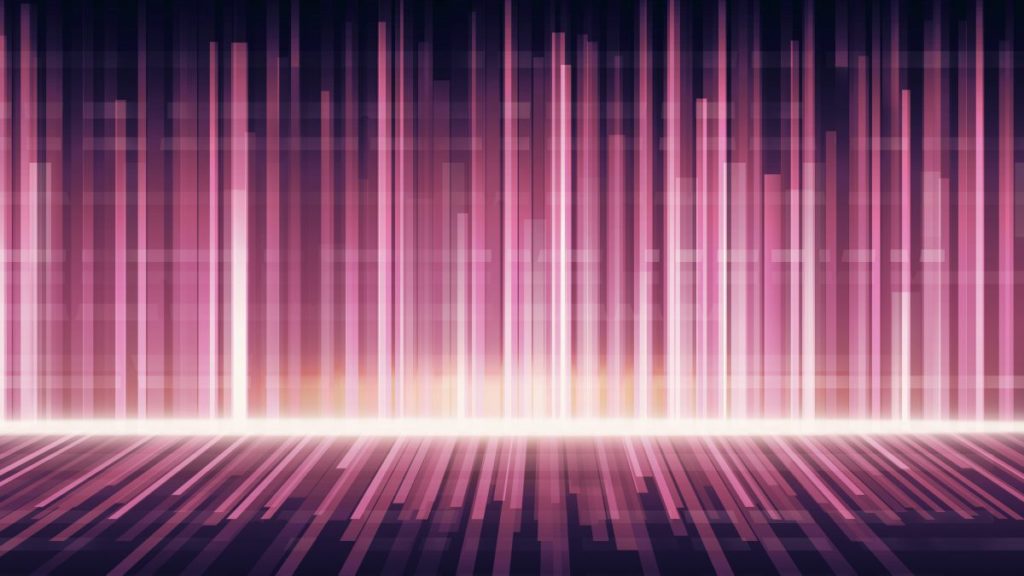How Brands Can Spot The Next Millennial Pink
Millennial Pink is actually a color that started trending in the summer of 2016 when a light pink shade surfaced everywhere from the runway to celebrity hair color. Now, this ubiquitous soft pink is found on toasters, electric toothbrushes—even in your Starbucks coffee cup.
It’s been fascinating to watch a color morph into a trend. And even more entertaining to watch brands scramble to design everything they can in Millennial Pink. But why has this ordinary shade become so popular? Colors ebb and flow, but this one refuses to go away, and it continues to sell product.
For brands, predicting the next “must-have” obsession and then tastefully and authentically capitalizing on it is an excellent way to outpace the competition.
But, let’s be honest. It’s tough to predict the future.
Now for the good news. There are things you can do to get informed. After all, predicting a trend is really about knowing where to look before anyone else, informing thought leadership and using what you learn to guide business decisions. Here are three things your brand can do right now to spot the next Millennial Pink and incorporate it into your marketing strategies.
Image Recognition
In 2016, images were the primary media format created and shared by social users. And with 3.2 billion images shared online each day, communication is quickly becoming more visual. According to Investopedia, More than half (59%) of U.S. millennials are active on Instagram, showcasing the importance of visual platforms like Pinterest and others. In fact, Instagram can be credited with the surge in popularity of Rose wine—a drink coveted by millennials not only for its lifestyle and affordability appeal, but also, its color—Millennial Pink! Wine sipping millennials are obsessed, chanting “YesWayRose” while posting updates to social feeds using the Rose hashtag.
Consider the role of image recognition software in identifying trends across industries. For example, we know that Adobe’s Stock team publishes reports based on visual trends that come out in Adobe Stock purchases—another example of how data can make visual trends more apparent.
Social Listening
Social media monitoring tools are the norm in companies that want to stay ahead of the competition and anticipate customer demands. Proactive social listening can help brands access a vast amount of mentions on a specific topic, analyze them, and then use them to make predictions. Beyond just the numbers, social listening can help determine the overall mood behind individual posts, providing brands with deeper insights into how people feel about something than ever before. Start by monitoring trending topics online and analyze them to pull out themes. Monitor not just your own social platforms, but your competitors too, along with any keywords tied to your industry to create opportunities in identifying future trends.
Conversely, brands can also uncover conversations people are having about products, services or features they don’t like. By focusing on negative feedback, you create the opportunity to move beyond customer service to presenting solutions or alternatives. A full 70% of millennials share feedback, ideas, opinions and customer experiences on social, proving to be a goldmine of data for marketers looking to monitor their perspective.
CARTOON RESOURCE / ADOBE STOCK
Immersive Shopping Experiences
More brands are starting to dive into the world of Augmented Reality (AR) and Virtual Reality (VR) shopping, creating immersive experiences that let consumers experience products before making a commitment to buy. With insight on shopper practices identified, brands can mine for consumer trends, while showing the importance of knowing customers well and what they like.
Recently, Estee Lauder launched “Estee Lauder Lip Artist”, allowing customers to try their Pure Color Lipsticks through a chatbot in Facebook Messenger. Athletic giant Nike’s new 55,000-square foot store in SoHo is filled with much more than merchandise. With a half court for basketball, a 400- square foot soccer trial zone and simulated treadmill for testing shoes, the new store allows customers to experience the full effects of products before they’re purchased.
Alibaba launched Buy+, a virtual reality shopping experience that transports buyers to various shopping destinations across the globe, and Microsoft’s AR HoloLens demo, which helps customers navigate physical shopping experiences, gives retailers insights on the customer journey. Immersive experiences like these provide more relatable data on what people are looking at, reacting to and choosing. Far better than a survey indicating preferences, done right, this type of insight is extremely powerful.
The Bottom Line
Forecasting cultural trends like Millennial Pink is more art than science. Often, it requires truly immersing yourself in an industry, keeping your eyes and ears open to cultural shifts and using that information to make relevant and meaningful connections. With more tools and practices available to make sense of big data—social listening, image recognition and immersive shopping experiences, it’s easier than ever before to uncover new trends sitting right under your nose.
This article originally appeared on Forbes.com on August 22, 2017.
